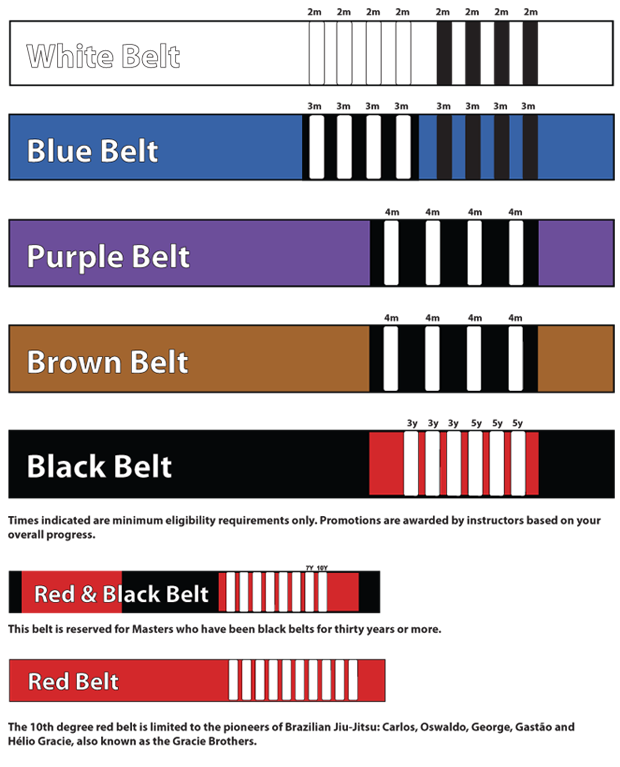
There are many ways to strike in basic self defense situations. The attacker's location and nearness will dictate the best strike. Your hand should be used if the attacker lies on your upper body. For soft targets, you can strike with a knife hand position or a palm strike. Another striking option is a tightly curled fist.
Blockade outward
The outward blocks are similar to a boxer’s counter, but instead you take your opponent's punch and block them from outside. Depending on where the opponent is trying to hit, this block can be done on the face, midsection or ribs.

Side elbow
The side elbow is an effective defensive move. The elbow bone is thicker that the bones in the hands, so it can be used as an opponent's brick wall. It can inflict severe damage when used in self defense.
Eye strike
The eye strike is a simple self-defense technique that can be used in order to incapacitate an opponent or inflame them. You can execute it with your thumb or fingers. This technique is very effective when done properly. The key is to make sure that your strikes are powerful, resolved quickly, and are repeated.
Rotate your wrists
Rotating your wrists is a basic self-defense move that you can use if someone tries to grab your wrist. This will allow for you to escape from the attack using the least force possible. You can use your shoulder strength to break the hold of an attacker who holds you down.
Flattening an assailant’s ear with your flat hand
An effective self-defense tactic that can stop an attack is to slap an assailant flat on the hand. The mandibular angle nerve is located in the ear and is easy to reach with a weak hand. It is best to place your hand at the armpit when you are slapping someone. You can then hit the assailant's ears in the other direction.

Avoiding confrontation
Avoiding confrontation is essential for self-defense. You only have a few seconds in which to respond and make a move during a confrontation. You don't want to be a target. You can avoid getting attacked by being calm and aware of your surroundings. Focus on the attacker's neck, back, and legs when he approaches.
FAQ
Is it possible to give stun guns to children?
It depends on the age.
No.
18+: Yes
When giving a stun gun to a minor, you must ensure they understand the dangers of carrying one.
It should be used only under the supervision of an adult.
What time does it take for a stun gun to be recharged?
It varies depending on which type of battery.
For example, AA batteries may take 2 hours to recharge while AAA batteries may take 8 hours.
How much does a stun gun cost?
A stun gun ranges in price from $20-$100, depending on the model.
Most models come with two batteries. The batteries can last for approximately three months.
Are there any legal requirements to own a stungun?
You may need to show proof that you have been trained before you can purchase a stungun in some states.
Some states require that stun guns be registered with the police.
Other states require you to notify law enforcement whenever you move.
Can I get arrested for using my stun gun?
No. Stun guns have been deemed "less lethal" weapons. They are not likely to cause serious injury.
However, charges could still be brought against you if you accidentally hit anyone with your stungun.
What are some tips for self-defense for women?
It is important to be able quickly react when you are practicing self defense. This means you must be ready for anything.
Train with a friend. You can practice together and work together on your technique with a partner.
Another tip is to practice with something heavy. If you are attacked, it is more likely that you will hit your attacker with a heavy object.
How much does it cost for a self defense course?
There are many self-defense classes available. The price varies depending on where you live and whether you attend in person or online.
Some schools charge just $50 per Month, while others charge upto $200.
Look into local community centers for a cheaper option. Many of these locations offer free self defence lessons.
Statistics
- Some people walk into a gym thinking they are going to become the best by training whenever they like and not putting 100% effort in. (budodragon.com)
- Most likely, you'll get tapped out by 90% of the people in your first 3-5 months. (mmaclan.com)
- Saying this, Self defense 101 would be the importance of situational awareness, which can never be replaced by the finest of martial arts, because it is this that would help you to avoid any likely attacks in the first place. (worldofselfdefense.com)
- In a January 2018 survey of 1,000 women nationwide, 81 percent reported experiencing some form of sexual harassment, assault, or both in their lifetime. (healthline.com)
External Links
How To
How to use a stun gun in self-defense
A stun gun is the best defense against an attacker. Stun guns are not dangerous if used correctly. As they cause temporary paralysis, stun guns do not harm anyone with a heart condition. Always have a stun gun on you, even if you're not outdoors. If you are threatened with an attack, pull the trigger. This will stop them dead in their tracks.
If you want to learn how to use a stun gun for self-defense properly, read on below:
-
Always aim the weapon at the target.
-
The chest area should be your goal.
-
Only once pull the trigger.
-
You should hold the weapon tightly in both your hands.
-
The weapon should be pointed at the target until the victim becomes unconscious.
-
Move quickly to safety.
-
Never touch the victim after you have pulled the trigger.
-
Use a stun gun only in extremely dangerous situations
-
Do not attempt to disarm an attacker.
-
You should dial 911 immediately if your attacker is you.
-
Once the attacker is subdued, call police.
-
Don't allow an attacker to come near you again.